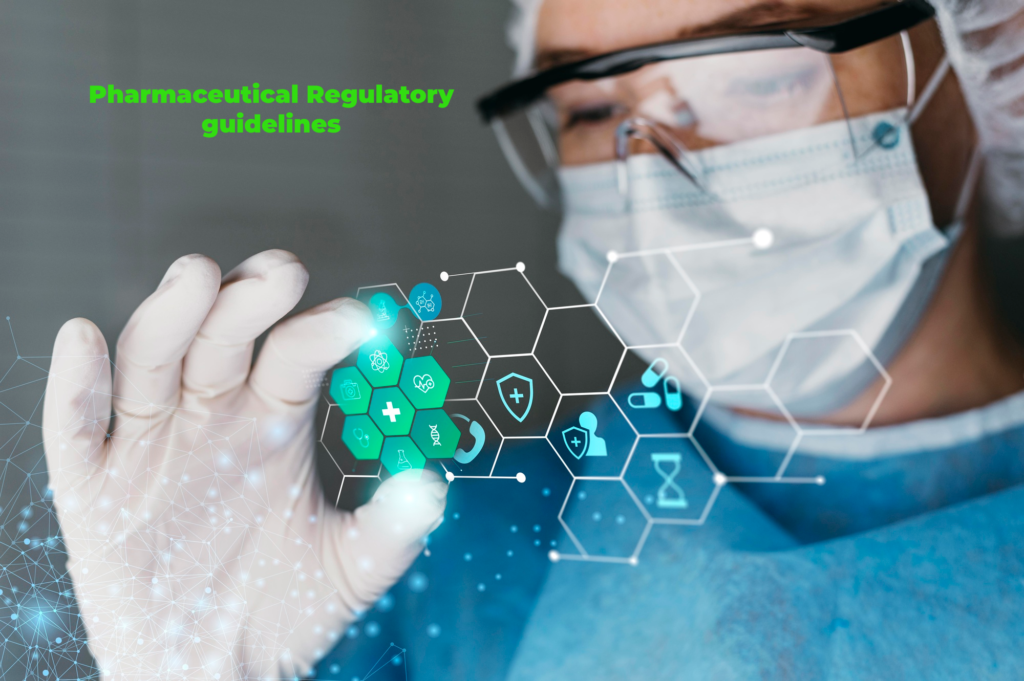“Revolutionizing Pharmaceuticals: The Impact of Artificial Intelligence in Drug Manufacturing and Development”
1. Introduction to Artificial Intelligence in Pharma AI refers to the simulation of human intelligence by machines. In the pharmaceutical sector, AI is applied in various processes such as drug discovery, predictive analytics, clinical trials, and manufacturing. Its ability to analyze vast amounts of data quickly and accurately makes it a game-changer. 2. AI in […]


